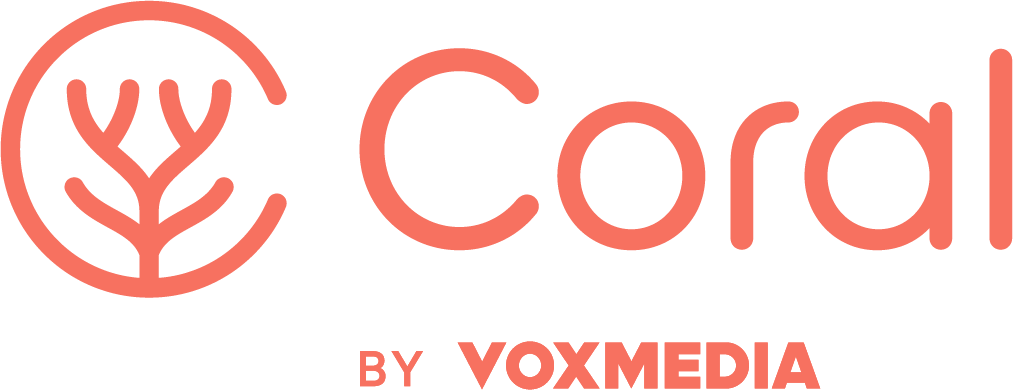by Mary Chapman
“Valuing the public has nothing to do with technology.”
Mónica Guzmán thinks a lot about how news organizations can build audience and relevance by paying attention to and engaging their community. Her “Big Blog”, launched in 2007 at the Seattle Post-Intelligencer, combined tech journalism with weekly community meet ups. She has also created user communities for startups.
Guzmán is currently a Nieman Fellow at Harvard University, wrote a guide on community engagement for the American Press Institute and serves as vice-chair for the Society of Professional Journalists Ethics Committee.
We talked with her about the relationship between reader comments and newsroom engagement.
![[IMAGE] Picture of interview subject Mónica Guzmán. It is taken from above. She is looking up at the camera and smiling.](https://blog.coralproject.net/wp-content/uploads/2016/08/monipropic-1-1.jpg) .
.
“There are a lot of really bad comments out there,” says Mónica Guzmán. “So you couldn’t blame [journalists] for saying, why are they here? They’re useless… [But] the fact is that the conversation is no longer just an appendage of a story. Conversation is everything. It challenges what the scope of a work really is.”
“It should be easy to communicate with [your audience]. Not everything you hear is going to be useful, but the more you communicate that you value the good stuff, the more you get people with valuable stuff to get to you. It can take asking the right question to make someone stop and think. But it’s a lot of work.
“Some people think engagement is being tech savvy. But valuing the public has nothing to do with technology. People care about the stuff they care about all the time, and the people who have the information that you need to do your job are out there. If all publications do is study their current audience and serve that audience, that’s a failure of imagination.”
Guzmán cites The New York Times as a good example of a news organization that takes responsibility for discussion on its site. “It produces lots of stories per day using a huge team of moderators, and it selectively opens comments on stories. It does things very strategically. The New York Times says, okay, we’re going to put a premium on the quality of our comments, but we have to limit the volume of participation. But other places, like on Reddit, it’s only about audience participation.”
Some outlets have chosen to close their comments and essentially move the responsibility for conversation on their articles over to Facebook. She says that isn’t a sensible move for the publishers in the long term.
“That’s problematic because you can’t control it, even though it’s nothing but beneficial in terms of growing an audience. The more we [hand over to] other platforms, the less control we have period.”
In the end, Guzmán says, publishers will have to sort out what serves them and the community best. Because newsrooms are already strained, it will take some time for publishers to see the value of comments. “The majority of publications are not listening well enough, and what it takes for news organizations to listen better varies from publisher to publisher.”
She says that building a relationship between journalism and an audience will lead to revenue. “It’s closing the distance,” Guzmán said. “There is a direct line between cultivating spaces where regular people can have good conversations about the news, and getting traffic. I think we can make business models much closer to the conversations people have.”
“It’s less about comments sections or Twitter or whatever as whether people feel like they’re a part and can see the impact they have. That brings about loyalty. If you listen to your audience more, you will earn their attention and contribution.”
Mary Chapman is a Detroit-area journalist, essayist and poet. A former reporter for UPI and Bloomberg BNA, Chapman chiefly contributes to The New York Times. She also writes for outlets such as the Chicago Tribune, Newsweek, Daily Beast, Time, People, Fortune, and Agence France-Presse.
Mónica Guzmán photo courtesy of Mónica Guzmán. All rights reserved


